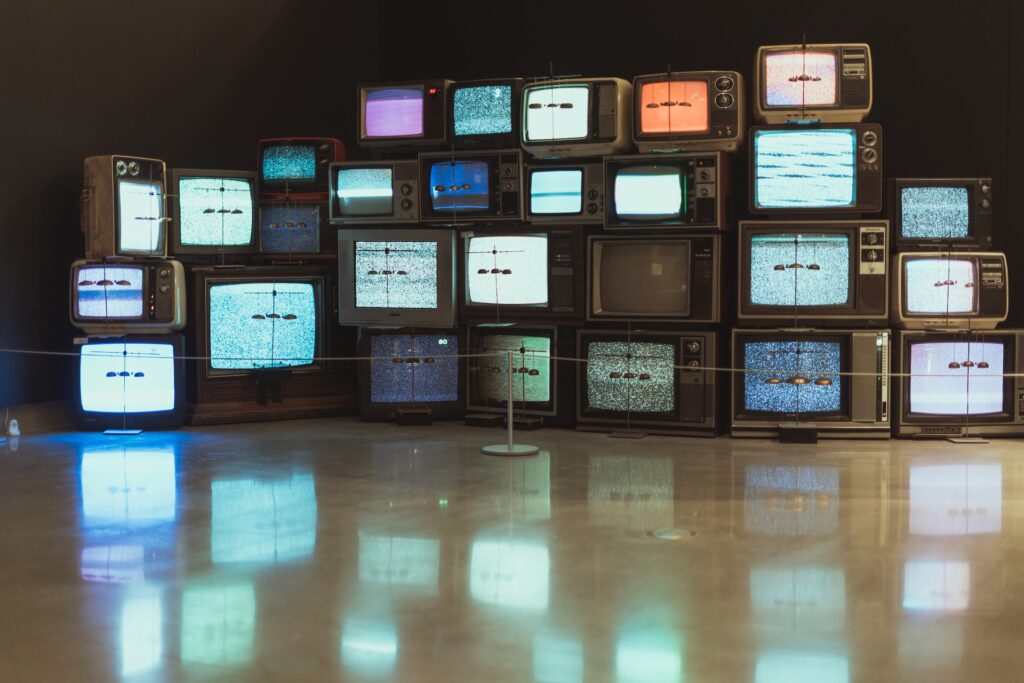In the digital age, visuals are the language of the internet. They convey messages, emotions, and ideas quickly and effectively. When it comes to television-related content, clip art plays a crucial role in enhancing articles, presentations, and websites.
Understanding Clip Art
Clip art is a collection of images, illustrations, and graphics that can be readily used in various digital and print media. They are typically organized into categories for easy accessibility. Clip Art as the name suggests, focuses on visuals related to the world of TV.
The Importance of Clip Art in Content Creation
Clip art serves several vital purposes:
Visual Appeal
Television-related content is much more engaging when accompanied by eye-catching visuals. Clip art adds a visual layer that captures the audience’s attention.
Clarification
Complex television-related concepts can be simplified through well-chosen clip art. It helps viewers understand topics better.
Branding
For television networks, clip art can become an integral part of their branding. Recognizable graphics create a sense of identity.
Exploring the Diversity of Television Clip Art
Television is a vast field, and clip art mirrors this diversity. Here are some popular categories clip art:
Retro TV Sets
Nostalgia sells. Vintage television sets are iconic symbols that evoke memories of bygone eras.
Remote Controls
A remote control clip art can represent the power viewers have at their fingertips.
Antennas
Images of antennas symbolize the connection between a TV and its signal source.
Cartoon Characters
For children’s programs, colorful cartoon characters are a must.
News Graphics
News-related clip art often includes images of microphones, news anchors, and breaking news banners.
Entertainment Events
Award shows, sports events, and music concerts are all part of television entertainment. Clip art for such events adds vibrancy to content.
Utilizing Television Clip Art Effectively
Now that we’ve explored the world of television clip art, let’s discuss how to use it effectively:
Match the Tone
Ensure that the clip art aligns with the tone of your content. Serious topics require professional visuals, while light-hearted content can be complemented with fun graphics.
Quality Matters
Opt for high-resolution clip art to maintain the overall quality of your content. Blurry or pixelated images can be distracting.
Placement
Strategically place clip art within your content to break up text, emphasize key points, and maintain a visually appealing layout.
Licensing
Always respect copyright laws and usage rights when using clip art. There are plenty of royalty-free options available online.
Conclusion
In the digital age, visual content is king, and television-related content is no exception. Clip art brings life to articles, presentations, and websites, making them more engaging and informative. By understanding the diverse world of clip art and using it effectively, you can elevate your content to the next level.

